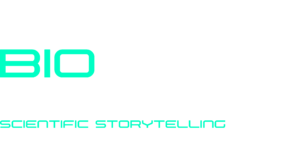The Power of Scientific Storytelling
Do you have a favourite picture book from your childhood? Maybe it is, “Where the Wild Things Are” by Maurice Sendak or “The Hungry Caterpillar” by Eric Carle, or perhaps it is “Hairy Maclary from Donaldson’s Dairy” and his rambunctious animal friends by Lynley Dodd. These stories are enduring and memorable as they kindle emotion.
Since the beginning of time, humans have used storytelling to share information in a compelling and memorable way. Information conveyed as a narrative is easier to understand and remember, because it captures our inner emotions and imagination. Good scientific writing should also tell a story. It has a beginning, middle and end. There should be a natural flow, an impactful start and a compelling call to action.
Effective scientific storytellers incorporate facts and figures in a compelling way suitable for the audience without compromising the science.
“Storytelling is the most powerful way to put ideas into the world.”
– Robert McKee

